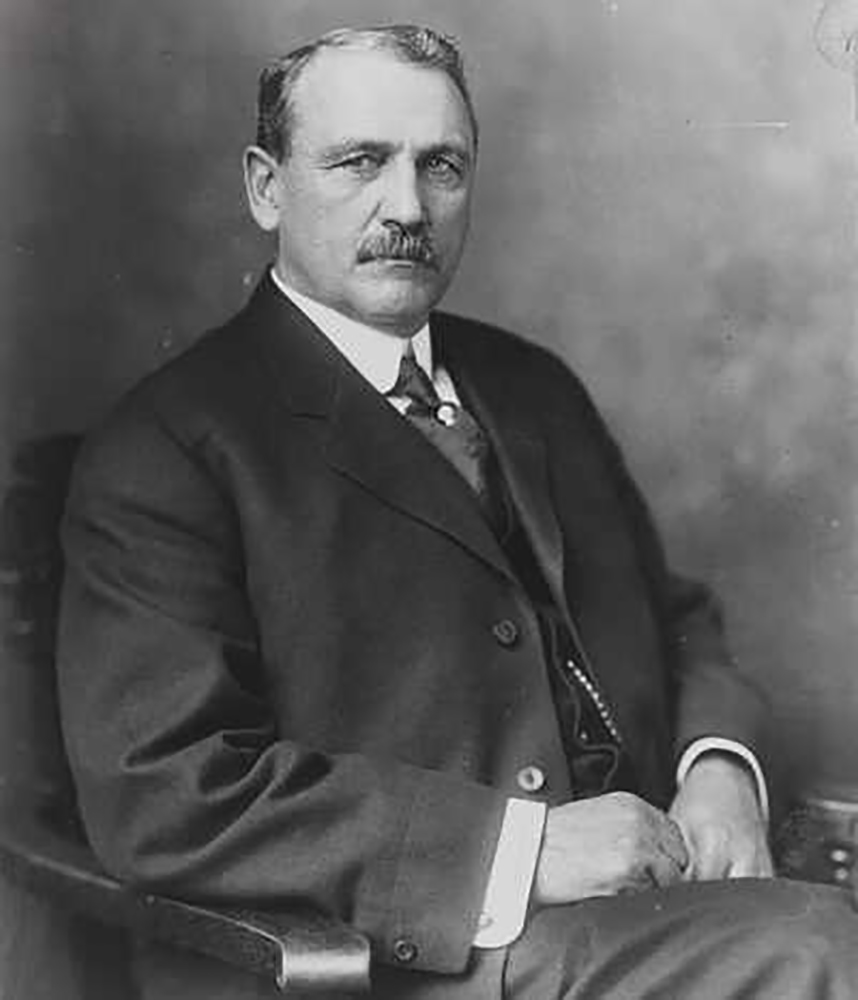The Northern Pacific Railroad, competitor to the GNR, searched the north cascades for a train route starting in 1867. They searched again in 1870, 1872, and 1882. They concluded there was no route better than Stampede Pass and built their route to Tacoma.
James J. Hill, owner of the GNR, remained focused on reaching a port further north on Puget Sound from St. Paul Minnesota. In 1887 he employed a chain-smoking foul-mouthed Army engineer named Albert Bowman Rogers to seek a route. Rogers spent that summer exploring various passes and at the end of September reported that he favored Cady Pass.
In 1889 another man, John Frank Stevens, was busy discovering the Marias Pass route through the Rocky Mountains (a bronze statue of him stands at Marias Pass today). The following year the GNR asked him to search for a route through the Cascades as they laid track westward through Idaho.
Instead of following a river up to one pass, then another river to the next, Stevens chose to hike directly from pass to pass, sometimes crawling over ridgelines. He did this from Cascade Pass to Snoqualmie Pass and back. This is how he discovered Stevens Pass. He was likely on a path very close to the PCT when he discovered the headwater of Stevens Creek and saw its proximity to Tye Creek. Correctly guessing how it might be reached from the east, he sent his engineer C. F. Haskell to follow Nason Creek to its headwater. Haskell found Steven's mark and confirmed the route. Haskell reported no trails, no blazes, no signs of campfire, no signs of humans at all.
Stevens immediately set to work solving the problem with this route; its steep western slope. That winter he went to Martin Creek and sketched out plans for the Martin Creek Horseshoe Tunnel.
Stevens went on to engineer the Panama Canal. He settled in Snohomish and died there in 1943 at the age of 90.
